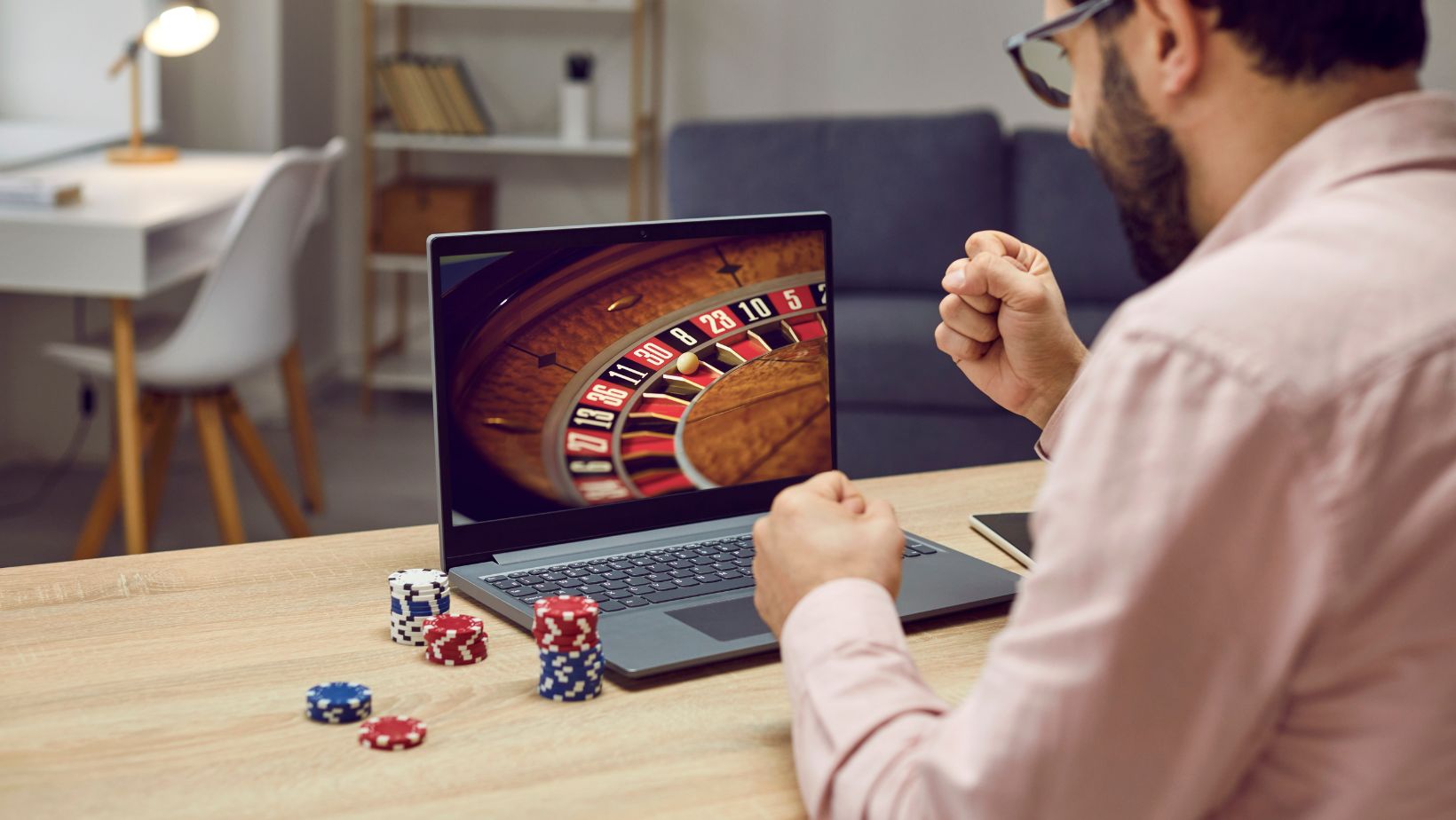Already noticed that some casino games give you a better chance than others? I have. That’s why I began to dig into the numbers. I learned about two key ideas: house edge and payout percentages.
These numbers matter. They can tell you which games might be friendlier to you. I won’t bore you with vague advice. I’m here to share my real experience. Below, I’ll break down what these numbers mean. I’ll give you some examples and practical tips.
If you’re looking for a platform that prioritizes transparency in its game offerings, YoCasino ES provides Spanish players with clear information about their games’ mechanics and odds. With over 2,000 titles, including slots, table games, and live dealer options from reputable providers like Novomatic, IGT, and NetEnt, players can explore different house edges across various game types. Their platform includes detailed game information pages and demo options that allow you to test games before committing real money, making it easier to apply the strategies discussed in this article.
Understanding House Edge
The house edge is the advantage that the casino has. Always. Any game is set so that, over time, the operator earns a bit of money on every bet.
Say, a title has a 5% house advantage. This means that for every $1 you bet, the game keeps 5 cents in the long run. Go and compare a few games. You’ll notice that some games, like certain slot machines, have a higher edge. Others, like well-played blackjack, could have a very low edge. Sometimes less than 1%!
Another clear example? I once played roulette. The standard European roulette has a casino advantage of about 2.7%. On average, for every $100 wager, the game makes $2.70. That’s how I started to look for games with a lower edge.
Knowing the house edge helps you decide where to play. If you want a game that gives you a fair chance, you need to spot the ones with a lower edge.
Understanding Payout Percentages
The payout percentage is just the flip side of the casino edge. It shows you how much of the total bets come back to the players over time. Seeing a game with a payout percentage of 94.8%? Then 94.8 dollars out of every 100 dollars are given back to players. That leaves a 5.2% house advantage.

I always check these numbers. They show the long-term promise of a game. There is no guarantee for each spin. But they do give a clue. The closer the payout is to 100%, the better it is for you over time.
Comparing Games: House Edge vs. Payout
I started comparing games by listing their numbers. Here’s a quick look at some popular games:
- Slots: Often show a payout of 94-97%. The house edge here is usually between 3% and 6%.
- Blackjack: With perfect play, the casino advantage can drop below 1%. Many online sites offer variations that hover around 0.5% to 2%.
- Roulette: A European wheel gives about a 2.7% house advantage, while the American version can go up to 5.3% because of the extra zero.
- Baccarat: This game usually shows a casino edge of about 1% for bets on the banker, which makes it very appealing.
I made a simple table in my head and on paper. I wrote down the numbers. I compared them. I learned that games like blackjack and baccarat tend to be more “player-friendly.” Slots are fun, but their numbers vary a lot.
When I see these figures, I know where to look for better odds. It helps me decide not only which game to play. It gives a hint about how much time to spend on each.
Practical Tips for Using the Numbers
Use Free Versions
Before putting money on the line, I always try the game in demo mode. This lets me see how the game behaves. I check the stated payout percentage and see if the game feels fair.
For instance, the Queenie Slot: Free Play in Demo Mode allows you to experience the game’s mechanics, volatility, and hit frequency firsthand, giving you valuable insights into its actual performance compared to the stated house edge. This practice session can reveal whether the game’s real-world behavior aligns with its published statistics.
Do a Quick Math Check
I always run a simple check. A title with a 5% house edge?

I remind myself that it means a loss of 5 cents per dollar bet over time. This quick math keeps me aware.
Read the Game Details
Many casinos list the payout percentages right on the game page. I make it a habit to read these details. I even bookmark sites that provide honest reviews and stats.
Spot the Outliers
Sometimes a game will have numbers that don’t match up with what I expect. I have learned to be cautious. Does a slot machine claim a 99% payout when most are around 95%? I’d dig deeper. Look for independent reviews and check the fine print.
Look Beyond the Numbers
Numbers give me a long view. But I also consider how the game plays. I ask myself: “Does it feel smooth? Is it fun?” If a game has good odds and also feels right, I’m more likely to play it longer. I use my gut, but the numbers are my guide.
Wrap-Up: Bet Smart, Know Your Odds
House edge and payout percentages are not just fancy terms. They tell you a story. A story about how the game works, what to expect, and where your chances lie.
Look at these details. Test out the free versions. Do your quick math check. These steps are practical. Next time you log in, try using these ideas. You might just find a game that feels right, not just fun.

